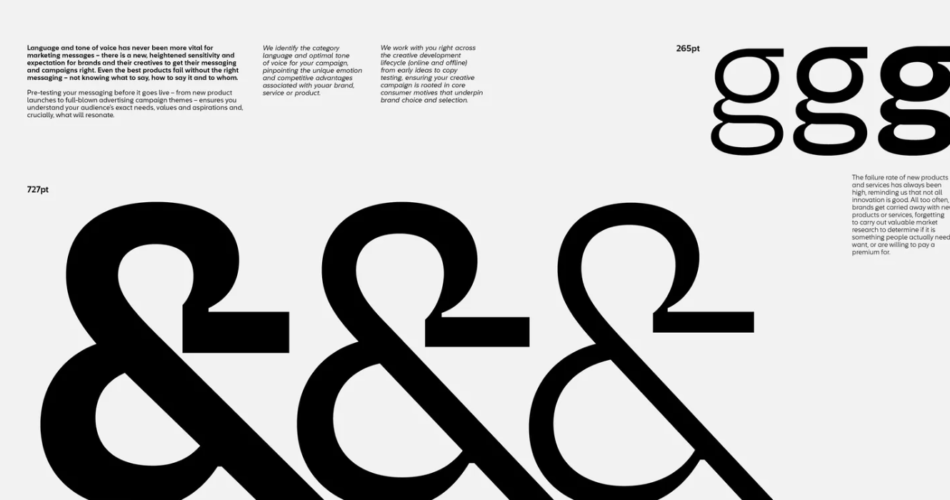In the world of design, typography plays a crucial role in shaping brand identity and user experience. One of the most powerful tools in a designer’s arsenal is the custom font. But what is a custom font, and why is it so important? In this article, we’ll explore the definition of custom fonts, their benefits, how they’re created, and why they’re essential for modern branding.
Contents
What Is a Custom Font?
What is a custom font ? Simply put, a custom font is a typeface that is uniquely designed for a specific brand, project, or purpose. Unlike standard fonts like Arial or Times New Roman, custom fonts are tailored to reflect a brand’s personality, values, and aesthetic. They are created to stand out and ensure consistency across all visual communications.
Custom fonts can range from subtle modifications of existing typefaces to completely original designs. They are often used by large corporations, startups, and even individuals who want to make a lasting impression.
Why Are Custom Fonts Important?

Understanding what is a custom font also means recognizing its value. Here are some key reasons why custom fonts are essential:
1. Brand Identity
A custom font helps establish a unique visual identity. It ensures that your brand stands out in a crowded marketplace and is instantly recognizable.
2. Consistency Across Platforms
Custom fonts provide consistency across print, digital, and social media platforms. This uniformity strengthens brand recognition and trust.
3. Enhanced Creativity
With a custom font, designers have the freedom to create something truly unique. This creativity can elevate the overall design and user experience.
4. Competitive Advantage
A custom font sets your brand apart from competitors who rely on generic, overused typefaces.
How Are Custom Fonts Created?

Now that we’ve answered what is a custom font, let’s dive into how they’re made. The process of creating a custom font involves several steps:
1. Research and Planning
Designers start by understanding the brand’s personality, target audience, and design goals. This phase ensures the font aligns with the brand’s identity.
2. Sketching and Conceptualization
Initial sketches are created to explore different styles, shapes, and weights. This stage is all about experimentation and creativity.
3. Digital Design
The sketches are digitized using software like Adobe Illustrator or FontLab. Designers refine the shapes, spacing, and proportions to create a cohesive typeface.
4. Testing and Refinement
The font is tested in various contexts (e.g., headlines, body text) to ensure readability and functionality. Feedback is used to make final adjustments.
5. Finalization and Implementation
Once perfected, the font is exported and integrated into the brand’s design system.
Examples of Brands Using Custom Fonts
Many globally recognized brands have embraced custom fonts to strengthen their identity. Here are a few examples:
- Google: The tech giant created its custom font, Google Sans, to unify its branding across products.
- Netflix: Netflix’s custom font, Netflix Sans, saves the company millions in licensing fees while reinforcing its unique identity.
- Apple: Apple’s San Francisco font is designed for optimal readability on its devices.
These examples highlight what is a custom font and how it can be a game-changer for branding.
Benefits of Using Custom Fonts
To fully grasp what is a custom font, it’s important to understand its benefits:
- Uniqueness: A custom font ensures your brand stands out.
- Flexibility: Tailored fonts can be designed to meet specific needs, such as readability on small screens.
- Cost Efficiency: While the initial investment may be high, custom fonts can save money in the long run by eliminating licensing fees.
- Emotional Connection: A well-designed font can evoke emotions and create a deeper connection with your audience.
When Should You Use a Custom Font?
What is a custom font best suited for? Here are some scenarios where custom fonts shine:
- Rebranding: A custom font can breathe new life into an outdated brand.
- Launching a New Product: Stand out from competitors with a unique typeface.
- Global Expansion: Custom fonts can support multiple languages and scripts, ensuring consistency worldwide.
- Digital-First Brands: For brands focused on digital platforms, custom fonts can optimize readability and user experience.
Challenges of Creating Custom Fonts
While custom fonts offer many benefits, they also come with challenges:
- High Costs: Designing a custom font can be expensive, especially for small businesses.
- Time-Consuming: The process requires significant time and expertise.
- Maintenance: Custom fonts may need updates to stay relevant as design trends evolve.
Despite these challenges, the long-term benefits often outweigh the initial investment.
Conclusion: What Is a Custom Font?
So, what is a custom font? It’s more than just a typeface—it’s a powerful tool for branding, creativity, and communication. By investing in a custom font, brands can create a unique identity, enhance consistency, and stand out in a competitive market.
Whether you’re a global corporation or a small startup, understanding what is a custom font and its potential can transform your design strategy. In a world where first impressions matter, a custom font ensures your brand leaves a lasting impact.
